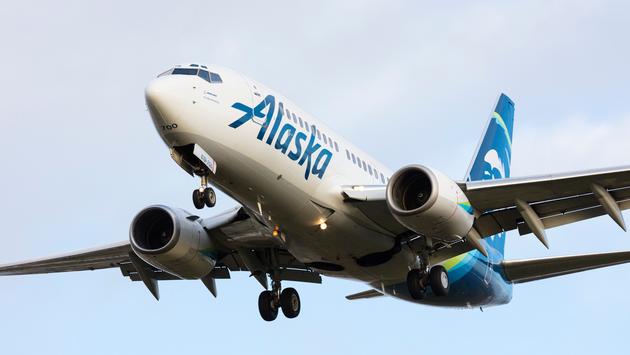Alaska Airlines Boeing 737-700 Engine Failure Forces Emergency Return to Seattle

Boeing faces continued challenges as an Alaska Airlines Boeing 737-700 experienced an engine failure shortly after takeoff, compelling the aircraft to return to Seattle-Tacoma International Airport. The incident occurred on a Sunday afternoon as the plane was en route to Oakland, California. This marks yet another setback for Boeing, which has been grappling with a series of mechanical issues across its fleet.
According to the Federal Aviation Administration (FAA), the crew of Flight 1240 reported a potential engine problem shortly after departure, leading to the decision to turn the aircraft around. The plane landed safely back at Sea-Tac around 1:30 p.m. local time, with the FAA announcing plans to investigate the incident.
An Alaska Airlines spokesperson praised the crew for their adherence to standard procedures, ensuring a safe landing without further incident. “Credit to the crew for following standard procedures for this situation and landing safely and without incident,” said the spokesperson. Efforts were made to accommodate passengers and facilitate their continued travel to Oakland, with the airline apologizing for the inconvenience caused.
Passengers on board described the experience as terrifying but commended the pilots for their professional handling of the situation. A passenger shared with local news outlet Kiro 7 their relief and appreciation for the crew’s expertise during the ordeal.
This recent engine failure is part of a troubling pattern for Boeing, which has seen multiple incidents involving its aircraft this year. Problems have ranged from detached door panels and lost wheels to more severe issues like engine failures and midair structural losses. In January, another Alaska Airlines Boeing 737, this time a Max 9 model, was forced to make an emergency landing after a door panel detached mid-flight, exposing a significant hole in the fuselage.
The string of incidents has prompted aviation regulators to initiate investigations into at least six separate occurrences involving Boeing planes this year, as reported by The Washington Post. These issues have cast a shadow over Boeing’s safety practices and operational reliability.
The scrutiny extends beyond commercial aviation. In a notable aerospace setback, NASA recently opted for SpaceX over Boeing for a critical mission to return two astronauts from the International Space Station. This decision followed safety concerns with Boeing’s Starliner spacecraft, which experienced multiple technical issues, including thruster and helium system failures.
Former Boeing CEO David Calhoun, who defended the company’s safety record at a Senate hearing in June, was replaced by Kelly Ortberg, the former head of Rockwell Collins, earlier this month. This leadership change occurs as Boeing aims to restore confidence in its safety protocols and technical reliability.
As Boeing navigates these turbulent times, the aviation community and the traveling public are watching closely, hoping for swift and effective resolutions to the ongoing safety challenges.
Sources: AirGuide Business airguide.info, bing.com, yahoo.com
